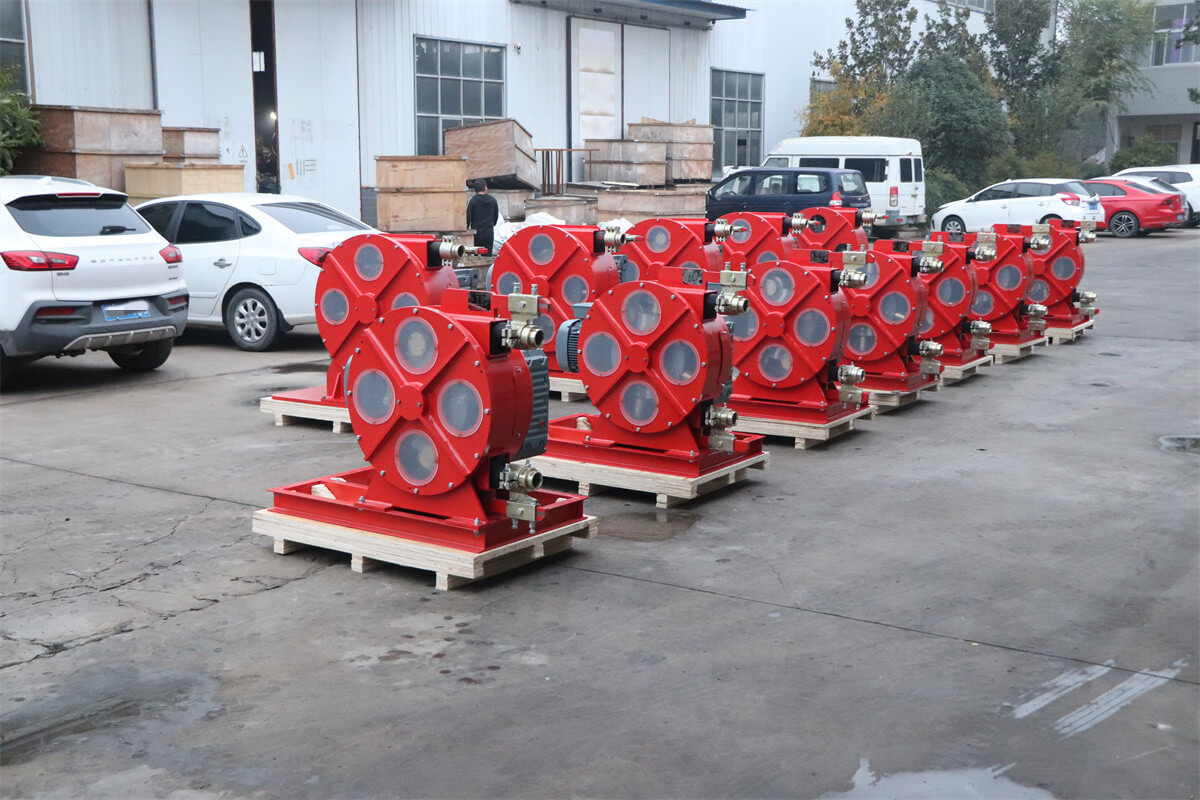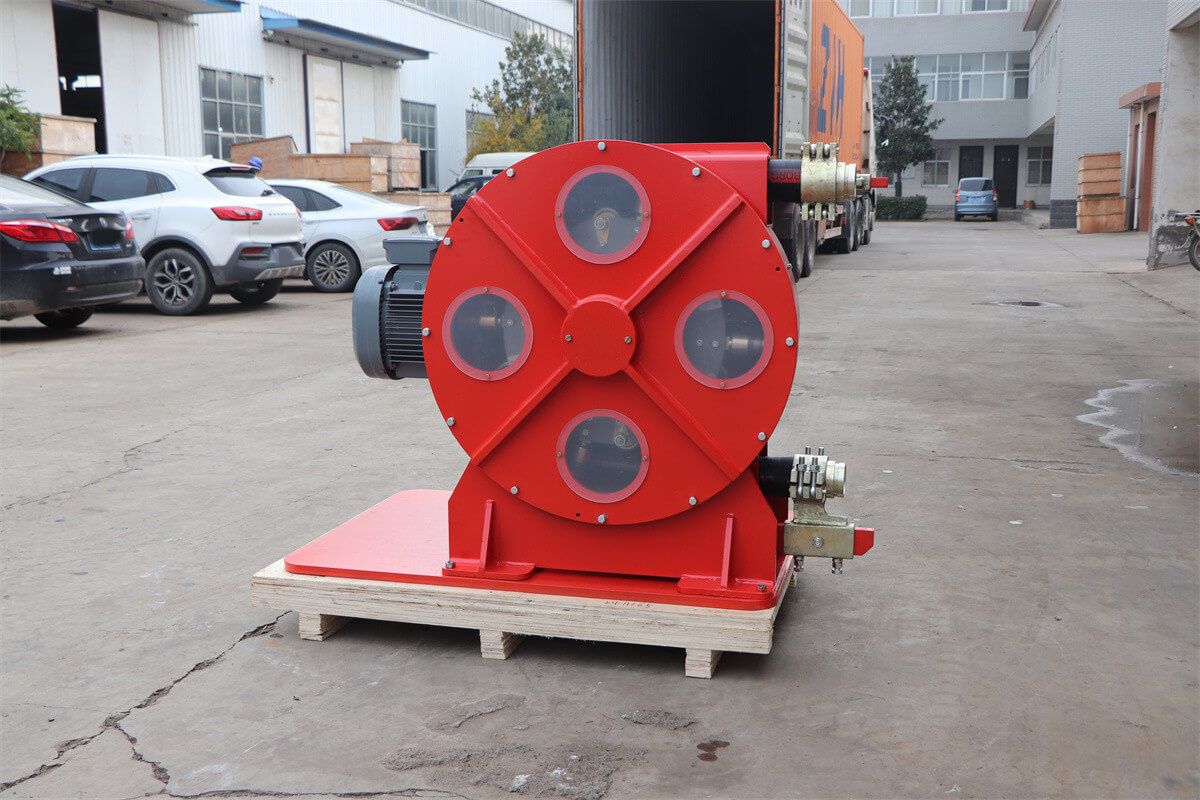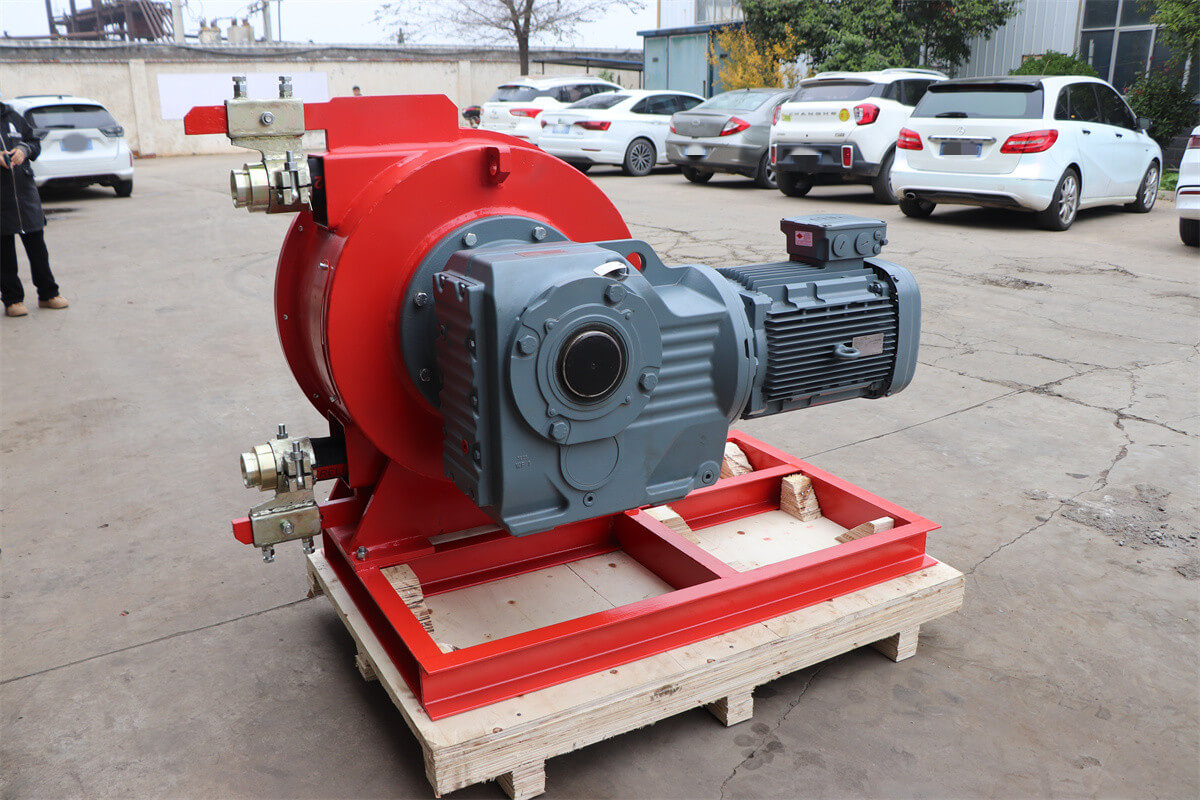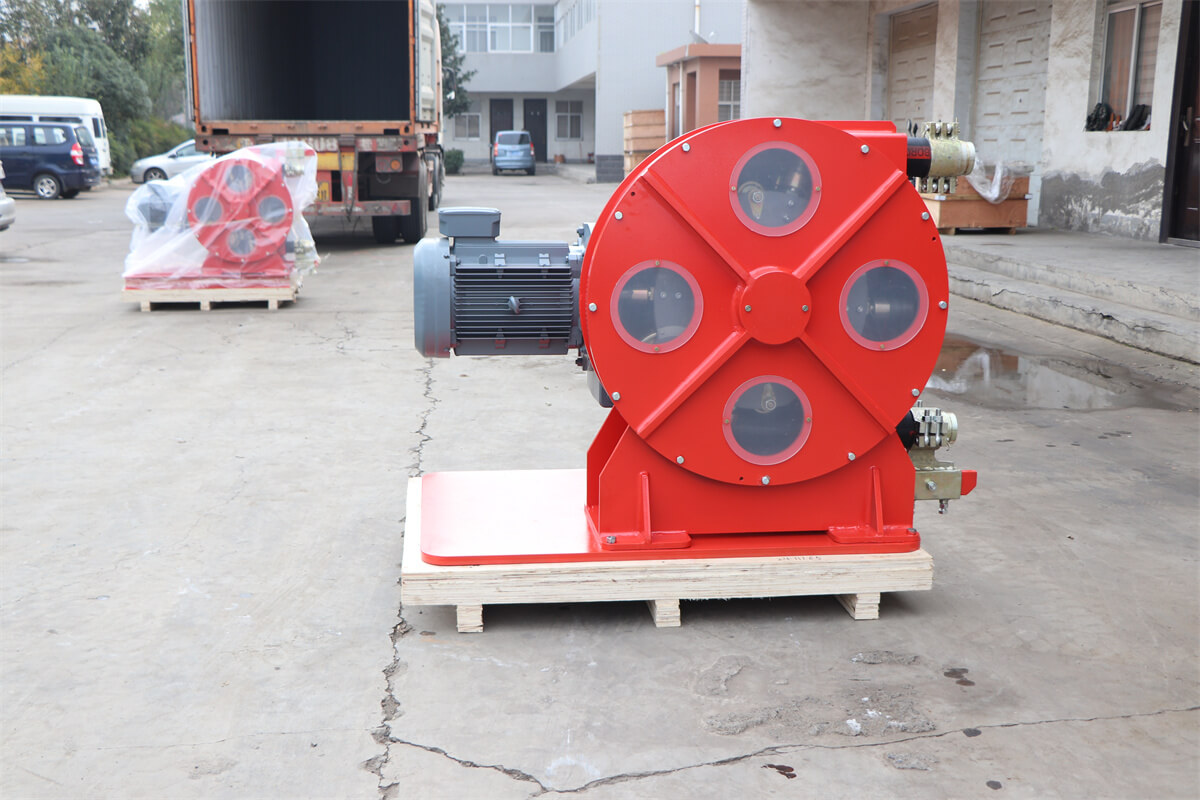Hose Squeeze Pumps for Water Treatment
Hose Squeeze Pumps, also known as peristaltic pumps in many applications, are highly effective for water treatment processes due to their ability to handle a wide range of fluids, including those that are abrasive, corrosive, viscous, or contain solids. These pumps play a critical role in various stages of water treatment, from intake and pre-treatment to chemical dosing and sludge handling.
Hose Squeeze Pumps Applications in Water Treatment:
1. Chemical Dosing:
– Coagulants and Flocculants: Hose squeeze pumps are often used to dose coagulants and flocculants into raw water to facilitate the removal of suspended particles.
– Disinfectants: They can accurately meter disinfectants like chlorine or sodium hypochlorite to ensure water is safe for consumption.
– pH Adjustment: For pH adjustment chemicals such as acids or bases, these pumps provide precise control over dosing rates.
2. Sludge Handling:
– Transfer of Thickened Sludge: After wastewater has been treated, the remaining sludge can be thick and difficult to move. Hose squeeze pumps can effectively transfer this material for further processing or disposal.
– Dewatering Processes: Used in conjunction with dewatering equipment, these pumps help manage the sludge produced during water and wastewater treatment.
3. Wastewater Treatment:
– Biological Nutrient Removal (BNR): In advanced wastewater treatment plants, hose squeeze pumps can dose nutrients or other additives necessary for biological nutrient removal processes.
– Odor Control: Chemicals used to control odors in wastewater treatment facilities can be dosed using these pumps.
4. Pre-Treatment:
– Iron and Manganese Removal: In groundwater treatment, hose squeeze pumps can dose chemicals to remove iron and manganese from the water supply.
5. Filtration Systems:
– Backwashing Filters: For maintaining filtration systems, hose squeeze pumps can be used to backwash filters, removing trapped particles and restoring filter efficiency.



Key Benefits of Hose Squeeze Pumps for Water Treatment:
– Seal-less Design: Eliminates the risk of leaks and contamination since only the inside of the hose comes into contact with the fluid.
– Gentle Handling: Ensures minimal degradation of shear-sensitive materials, which is important when dosing certain chemicals.
– Abrasion Resistance: The hoses are designed to withstand abrasion from solids in the water or wastewater stream.
– Self-Priming: Can start pumping immediately without being primed, making them convenient for use in water treatment plants.
– Dry Running Capability: Able to run dry without damage, providing flexibility during operation.
– Accurate Metering: Provides precise control over flow rates, crucial for chemical dosing applications.
– Low Maintenance: Fewer moving parts reduce wear and tear, leading to lower maintenance requirements.





















